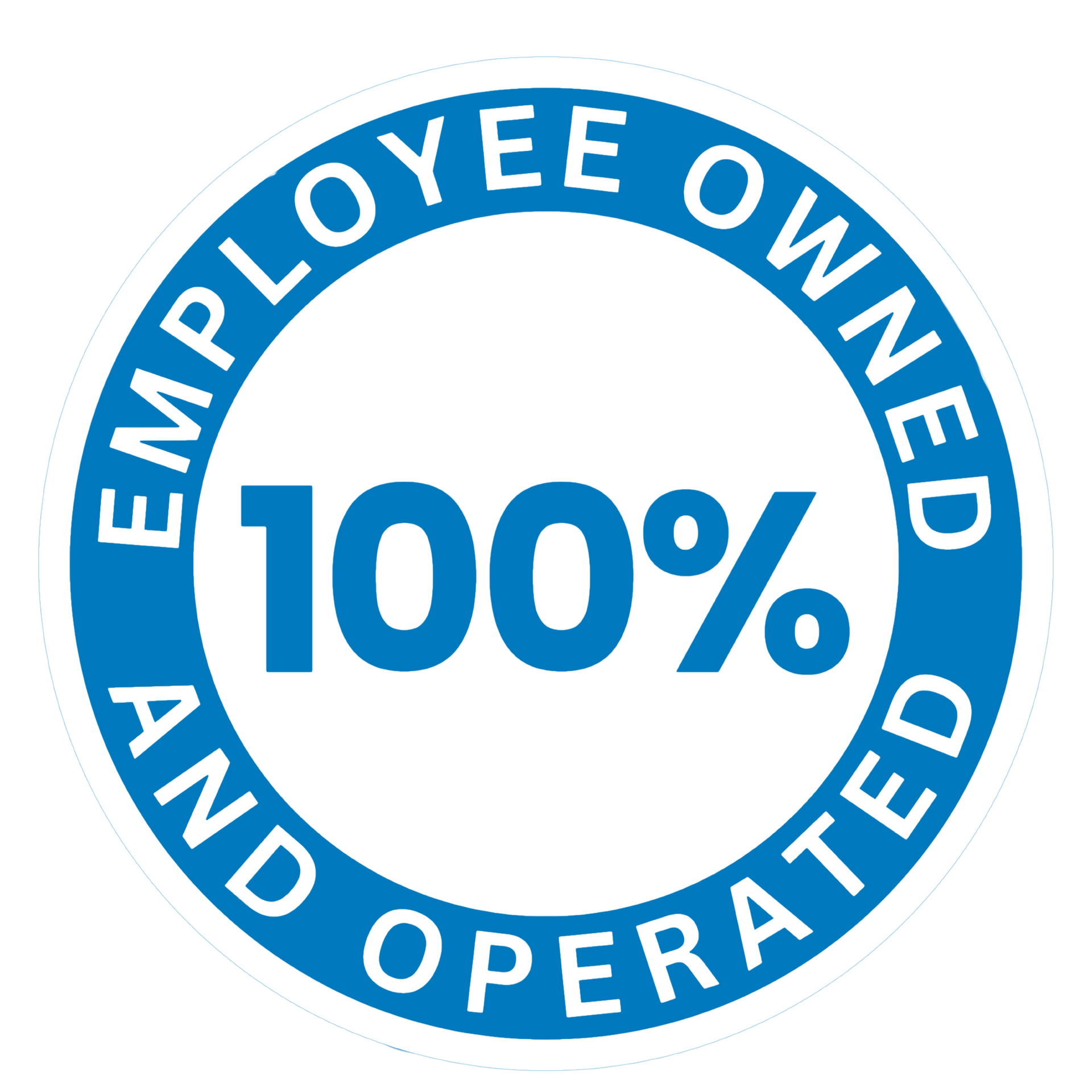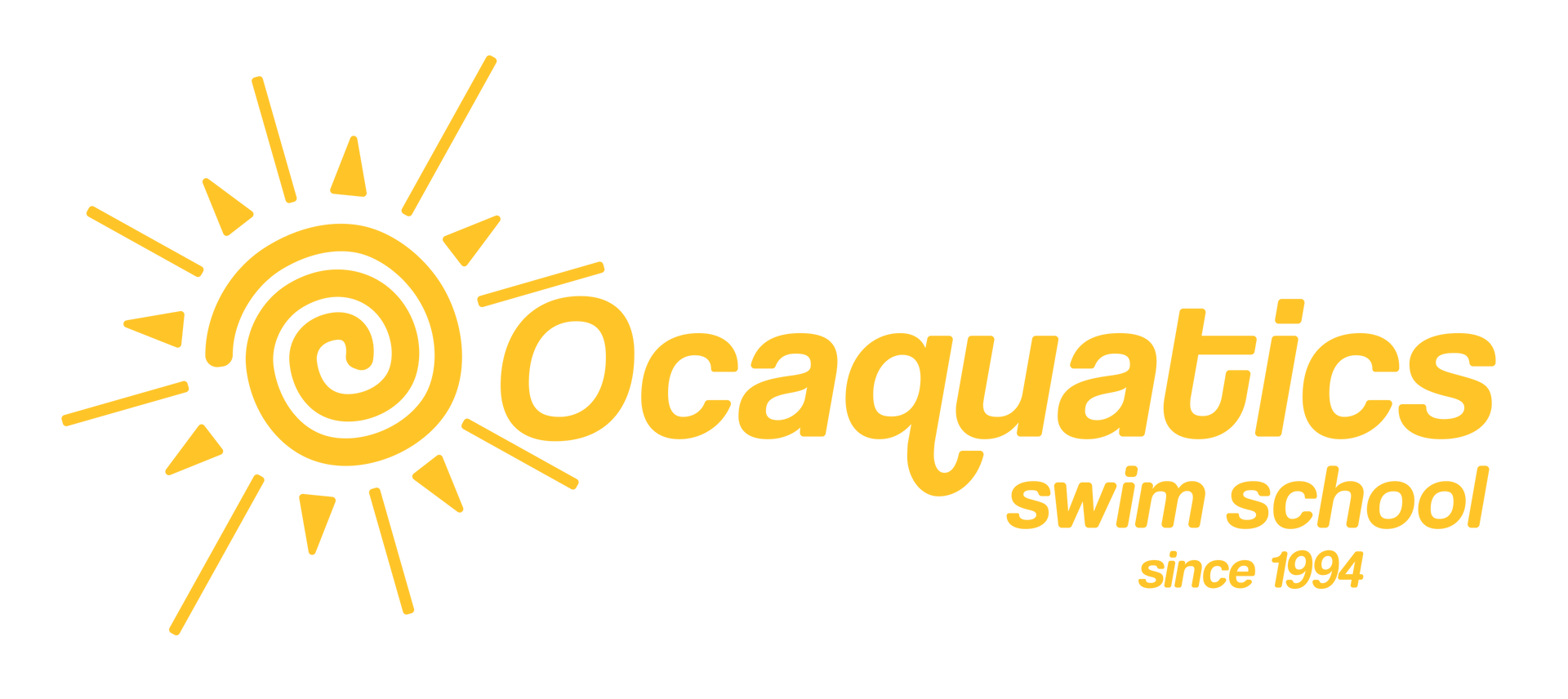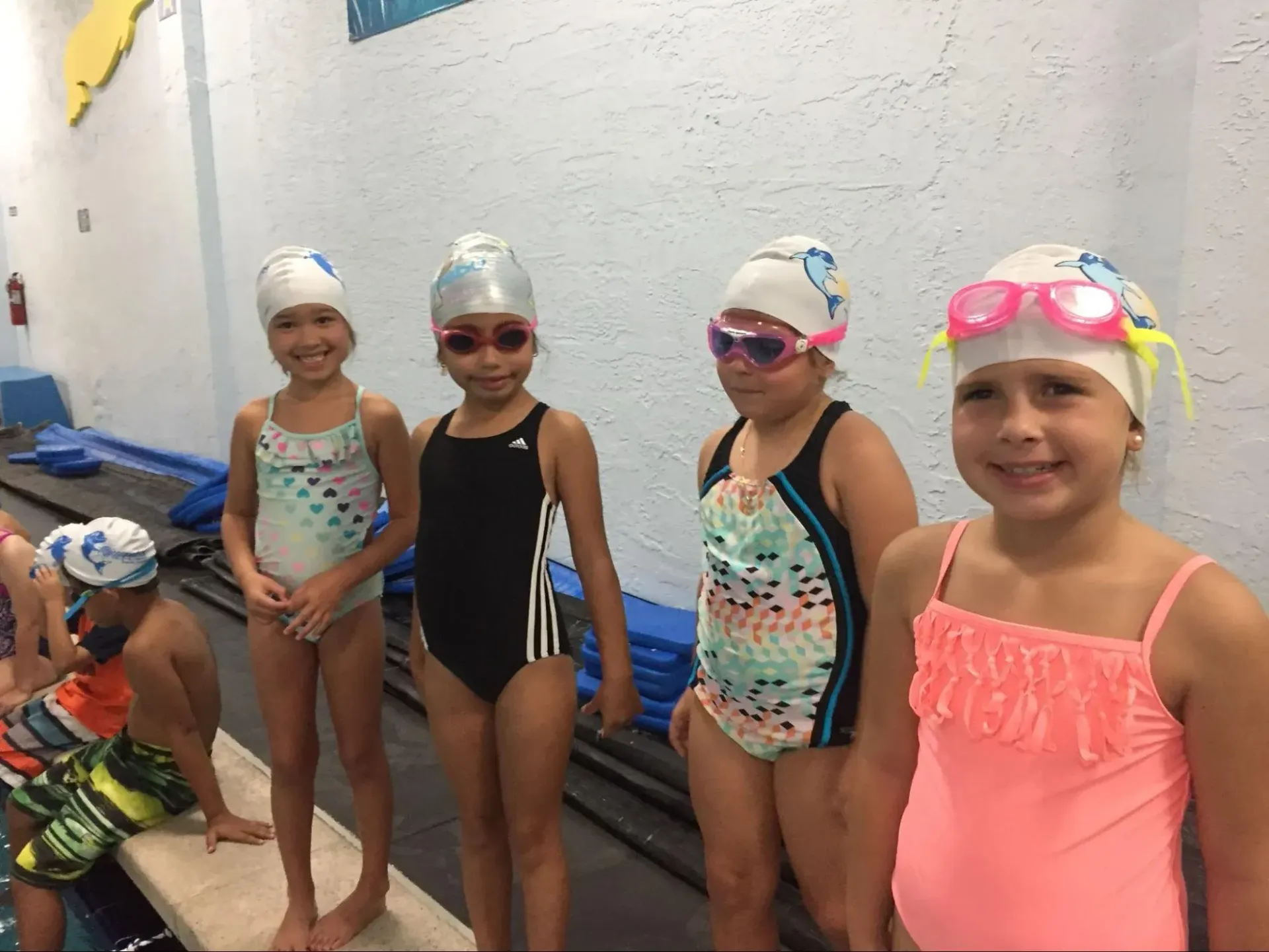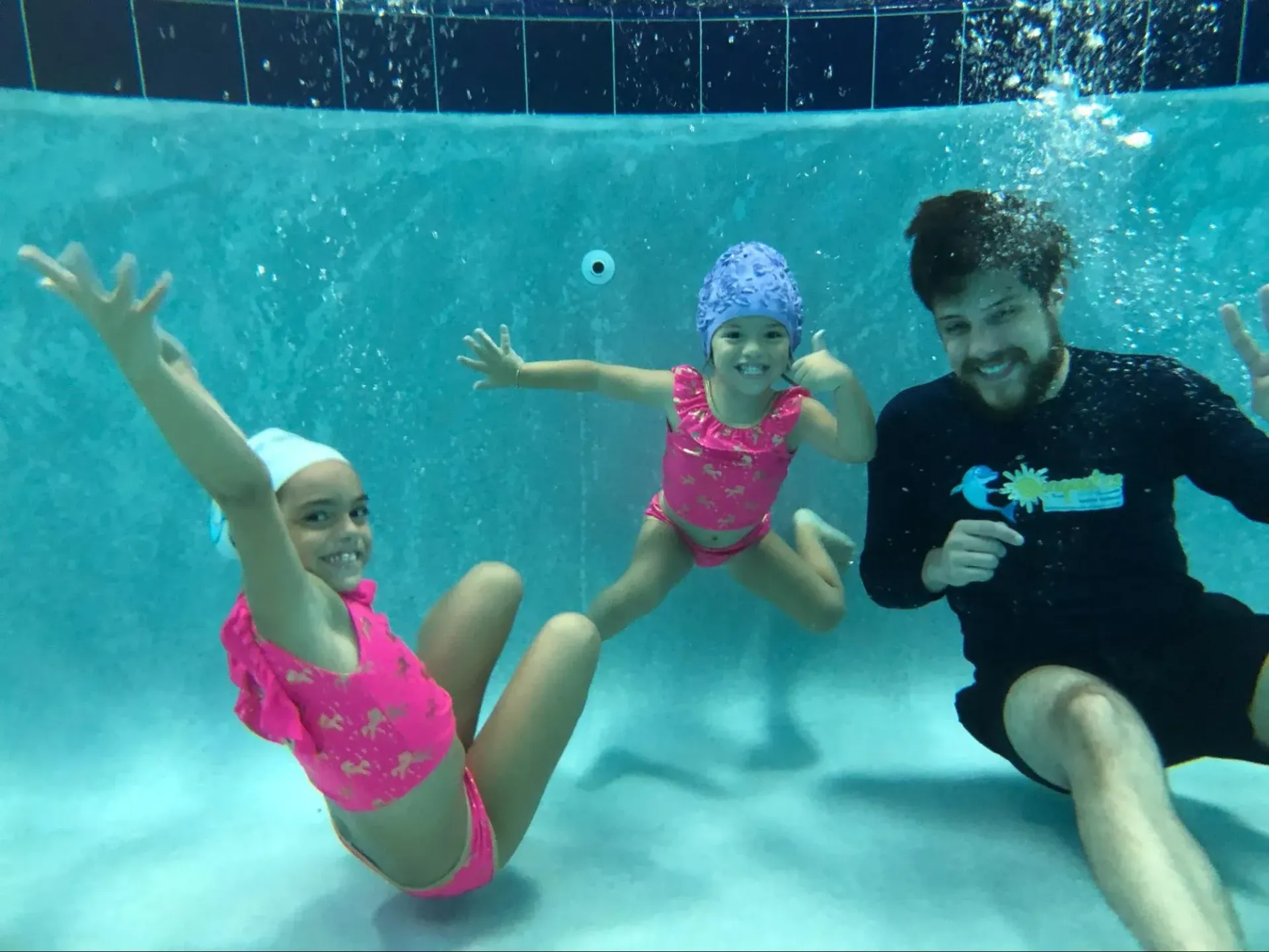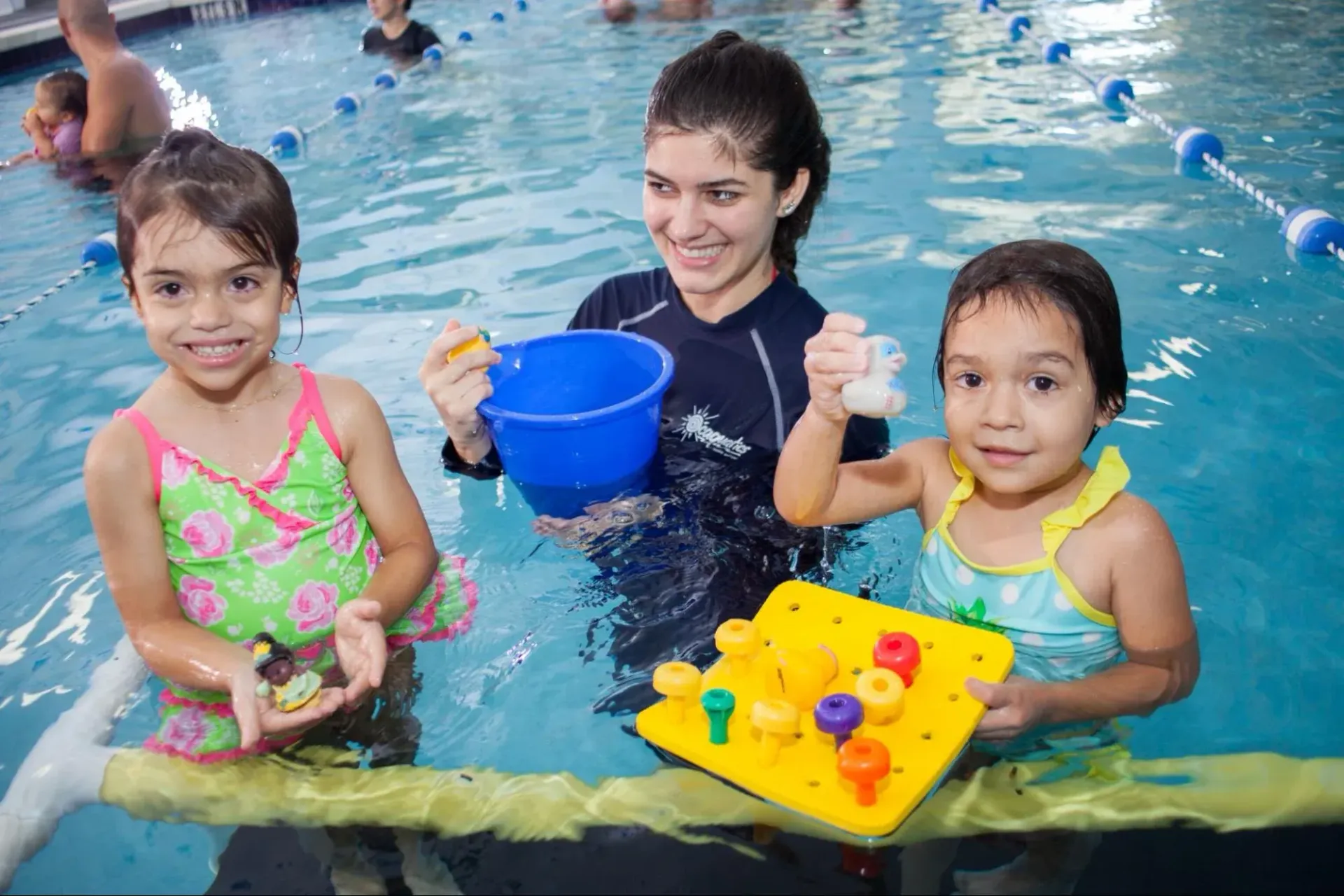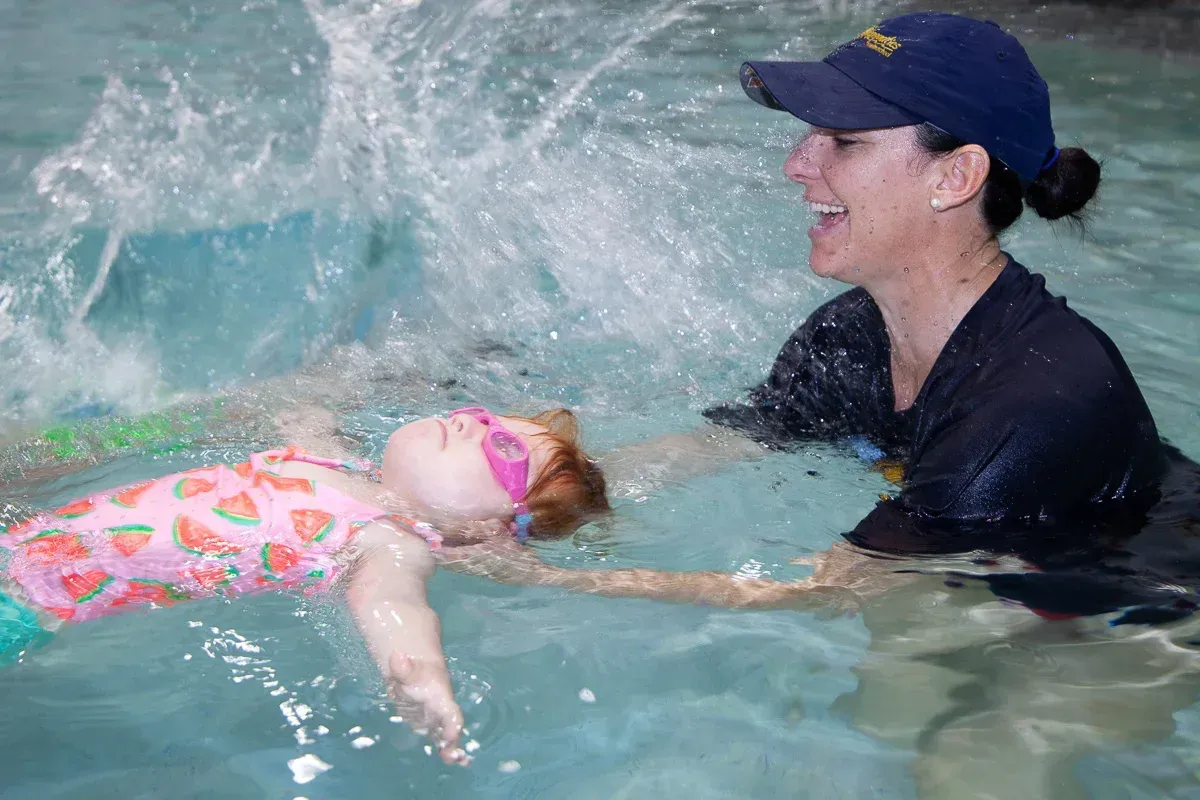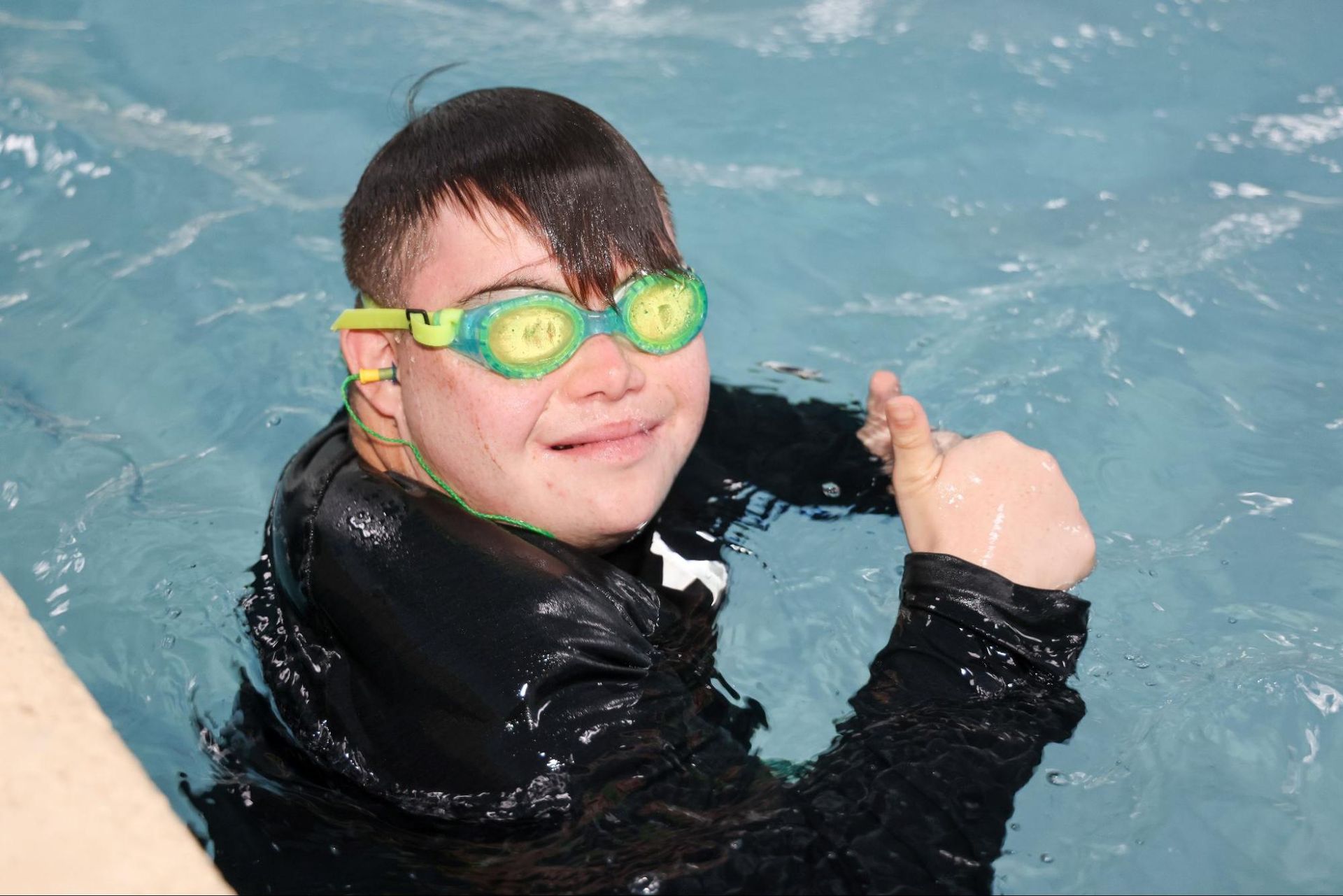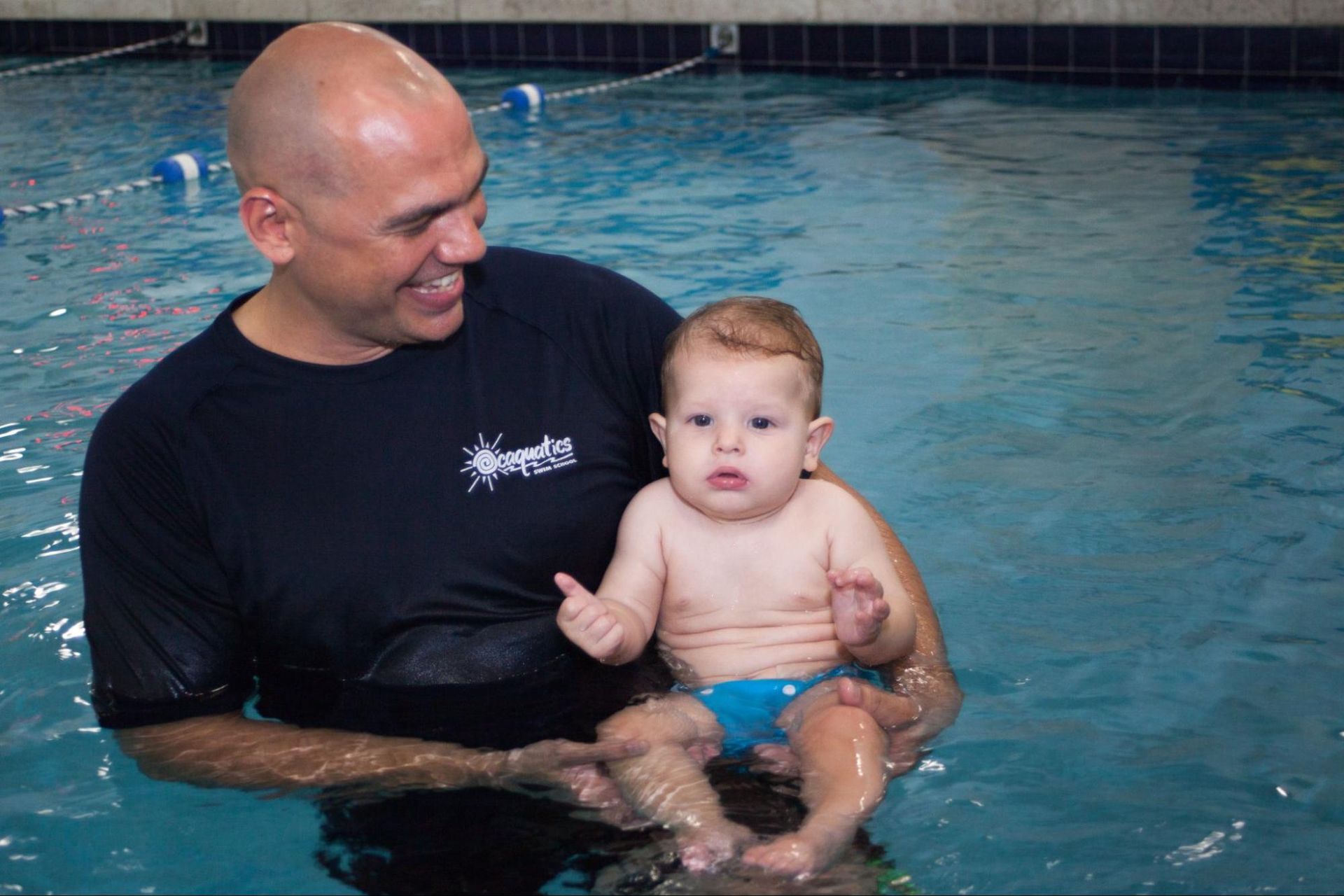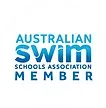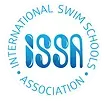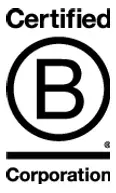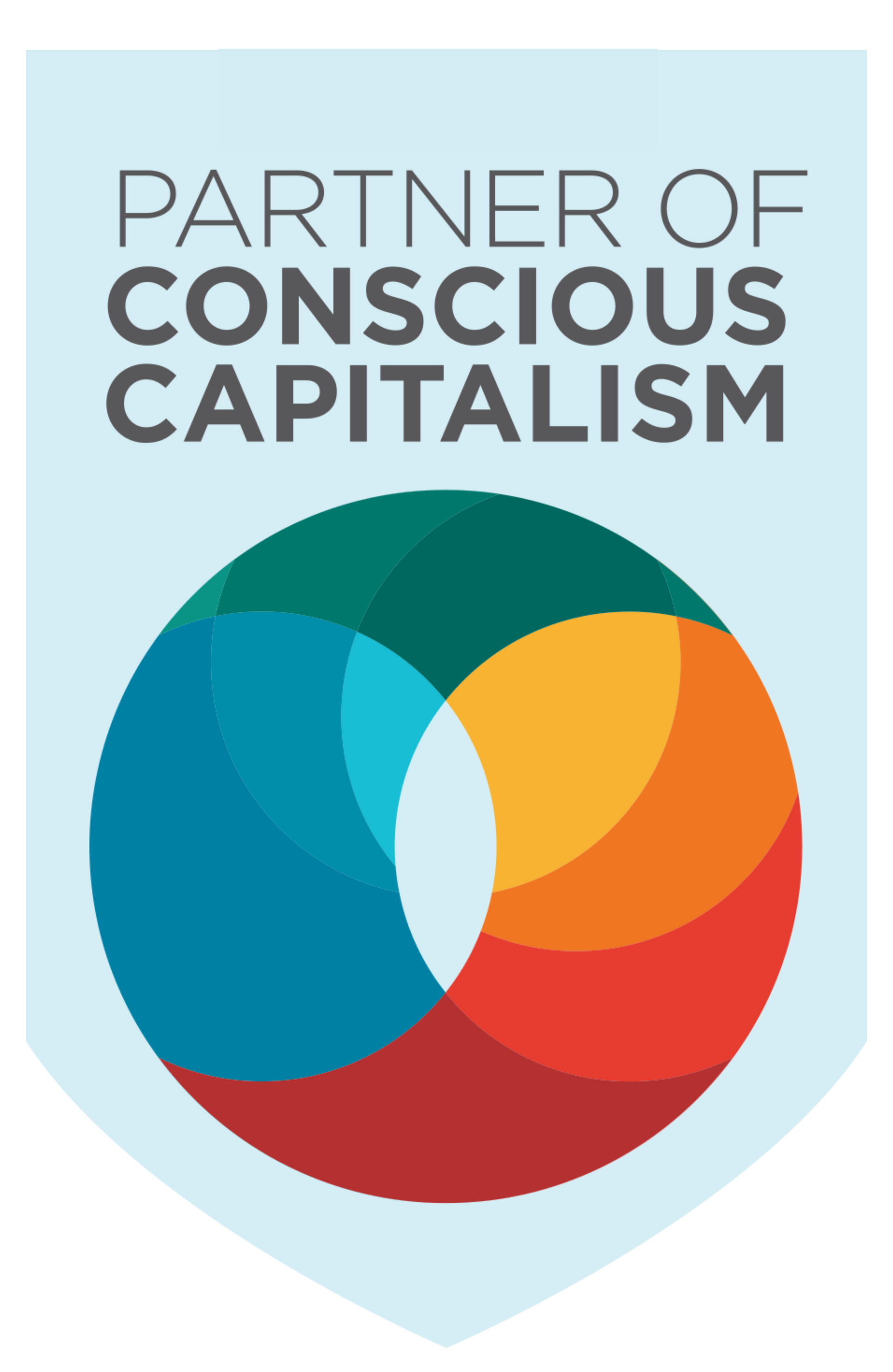How long does it take to learn how to swim?
“How long will it take my child to learn to swim?” This is one of parents' most common and natural questions when enrolling their child in swim lessons. The answer, however, isn’t a one-size-fits-all timeline. Learning to swim is a developmental journey influenced by age, personality, consistency, exposure, and instructional quality.
At Ocaquatics Swim School, our swim classes have helped thousands of children since 1994 progress from cautious water explorers to confident, capable swimmers. Through this extensive experience, we have determined that how long it takes to learn swimming is less important than how well the process is supported.
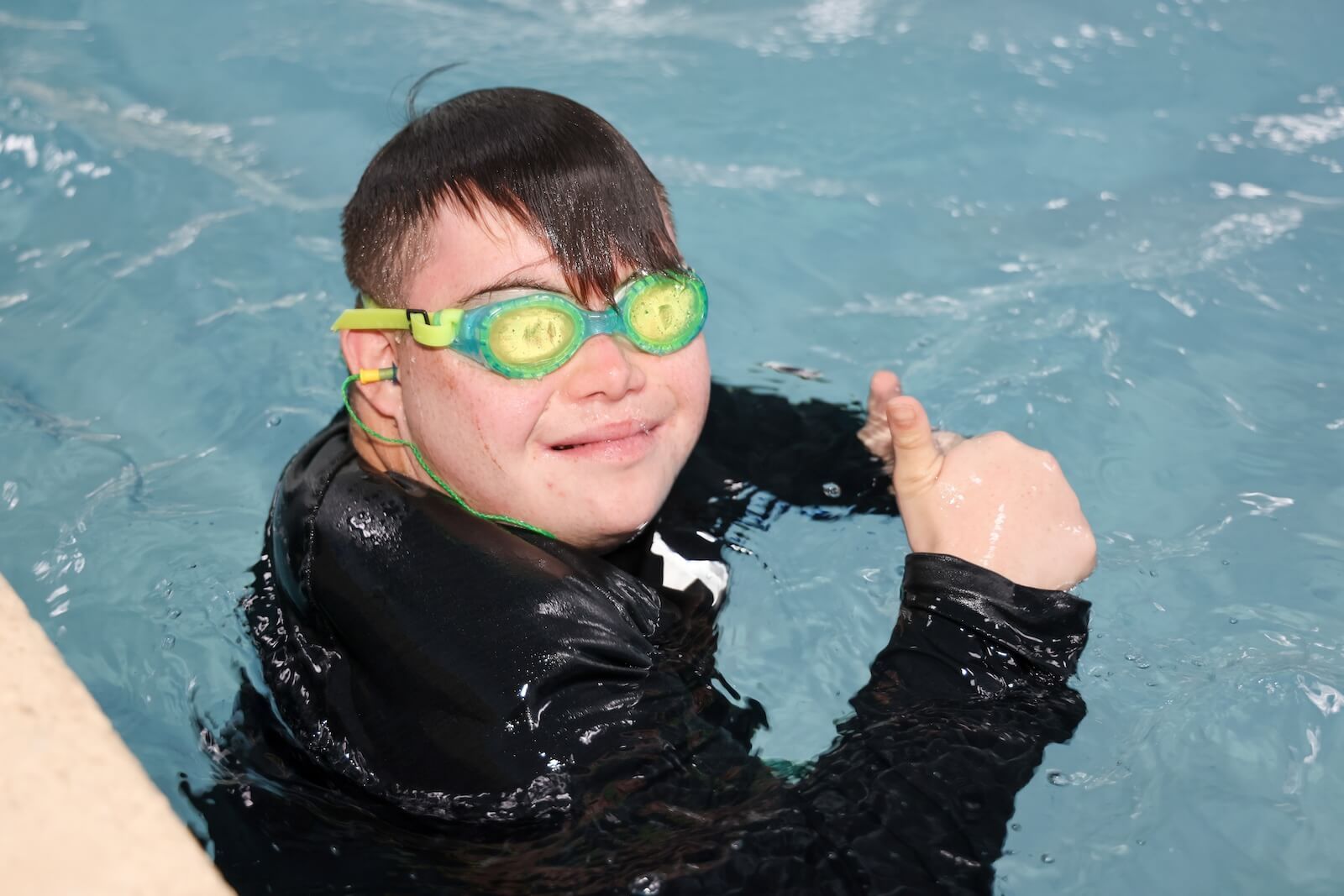
What "Learning to Swim" Means
At Ocaquatics, our definition of a “safe swimmer” is a child who can:
- Jump or fall into water and return to the wall independently
- Swim to safety using rollover breathing techniques
- Float, kick, and breathe without panicking
- Progress into stroke development, such as freestyle and backstroke
This is a step-by-step journey especially for children. Learning to swim isn’t about reaching an endpoint; it’s about building safety, confidence, strength, and lifelong enjoyment of the water.
General Timelines Based on Age and Exposure
Infants (6 – 36 Months): Early Exposure Builds Future Success
Children can start swimming lessons as early as six months old. Early introduction is one of the most powerful tools in water safety and comfort. Babies and toddlers enrolled in Ocaquatics’ Parent and Me classes begin developing:
- Water comfort
- Breath control
- Basic propulsion (kicking and paddling)
- Bonding through fun and positive aquatic experiences
These classes aren’t about swimming across the pool just yet; they’re about foundational skill-building. By age 2 or 3, children who have participated in these early lessons tend to have advantages in water adjustment and comfort. They’re also less likely to develop water-related anxiety later.
Time to independent swimming: With consistent exposure, many children from our Parent and Me groups begin swimming short distances independently by age 2.5 to 3.
Toddlers (30 Months – 4 Years): Gaining Independence
At this stage, children begin attending classes without a parent in the pool. Our Water Bugs series focuses on:
- Floating and kicking independently
- Holding their breath
- Swimming short distances (starting with 3 feet)
- Rollover breathing techniques
A toddler who attends lessons two or more times per week, with no significant breaks, can progress from water acclimation to swimming short distances and performing safety skills in 12 to 18 months on average. However, many students continue refining those core skills over multiple seasons before moving into more advanced strokes.
Key to faster progress: Consistent attendance and reinforcement outside of lessons (such as practicing safe water play at home or in pools) dramatically accelerate skill development.
Preschool and School-Age Children (4+ Years): Stroke Development Begins
Children ages 4 and up typically begin in Level 1 of our swim progression. These swimmers may be complete beginners or may have graduated from toddler-level classes. Regardless, the goals now become:
- Swimming 15–30 feet with rollover breathing
- Mastering freestyle and backstroke fundamentals
- Introducing side breathing and breaststroke techniques
Many children move from basic safety swimming to solid stroke technique over the course of 1 to 3 years of regular instruction. It's important to note that “stroke development” includes:
- Breath timing and control
- Proper arm mechanics
- Kick rhythm and propulsion
- Endurance building
By Level 6, our swimmers are proficient in freestyle with side breathing, backstroke, and breaststroke. They also have the stamina to swim long distances confidently, which is crucial for real-world water safety.
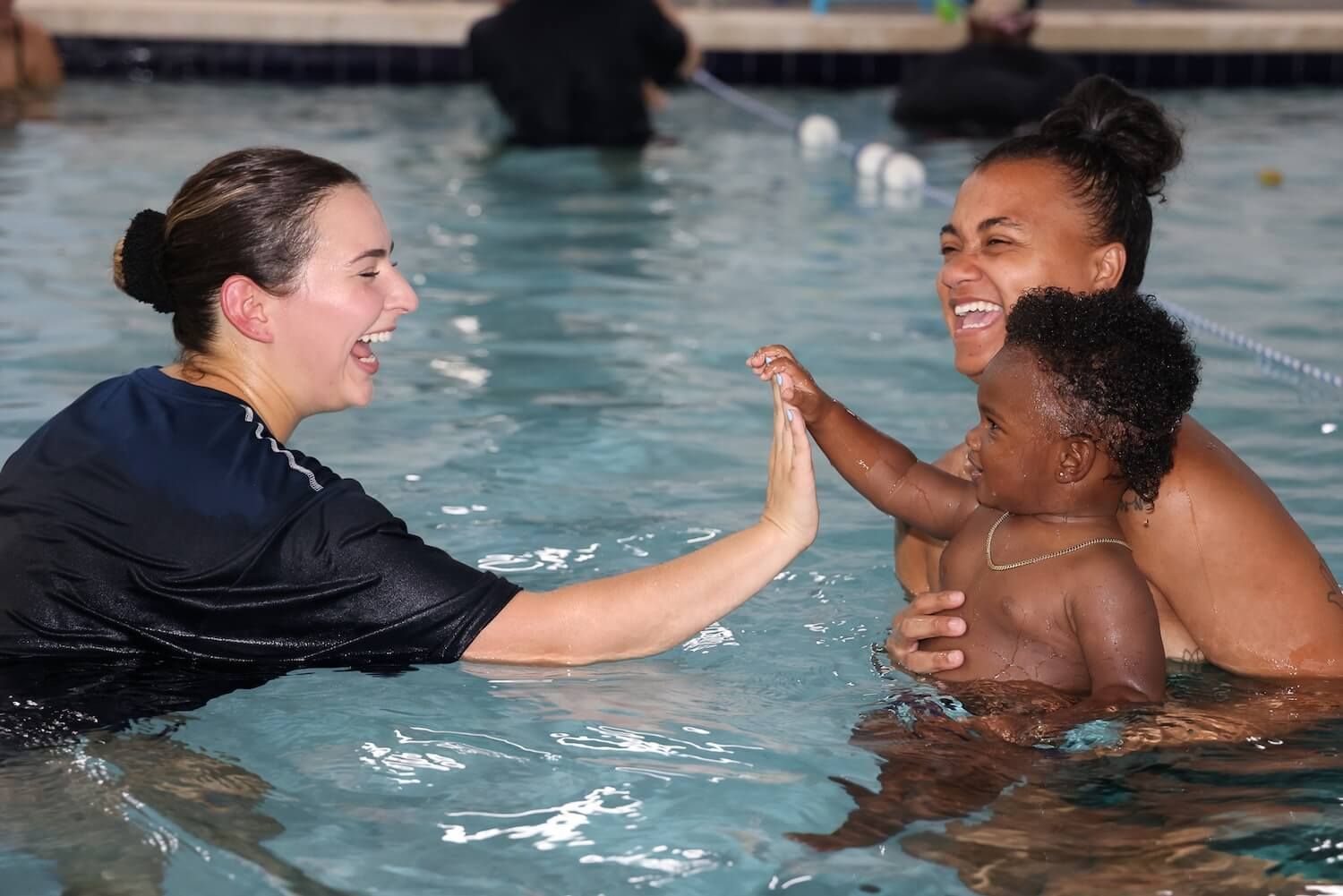
The Biggest Variables That Influence Learning Time
While we offer average timelines, the truth is, every child progresses at their own pace. Here’s what impacts the speed of learning most:
Age of Starting
Children who start swim lessons at six months old often gain water confidence earlier and avoid fear-based barriers. They tend to move more smoothly into independent swimming and strokes.
Frequency of Lessons
Swimmers who attend more than once per week (two to three times is ideal) make faster progress. Swimming is a physical and sensory-motor skill, like learning to walk or ride a bike, so repetition and muscle memory are key.
Consistency Over Time
Breaks, missed classes, or only seasonal exposure (e.g., summer-only lessons) can slow progress. Year-round lessons yield stronger swimmers and better retention.
Fear and Anxiety
Some children may have anxiety about submersion or previous negative water experiences. Our gentle, child-led approach at Ocaquatics helps overcome these fears, but it may add time to the early stages of progress.
Parental Support and Reinforcement
Encouraging a love for water through play, visits to local pools, and positive reinforcement can all enhance lesson progress. Parents who support swimmers with confidence-building and praise often see faster gains.
Quality of Instruction and Environment
This is where Ocaquatics excels. Our warm, indoor pools eliminate cold water as a barrier to learning. Our low student-to-teacher ratios, expert staff, and tailored curriculum create a nurturing, effective environment that accelerates progress.
The Ocaquatics Learning Progression
Our comprehensive swim progression is rooted in decades of experience. Here's a look at how each phase of learning builds upon the last:
Parent & Me Program (6 – 36 Months)
- Focus: Bonding, water adjustment, breath holding, kicking
- Outcome: Early confidence and readiness for independent movement
Toddler Program (30 Months – 4 Years)
- Focus: Floating, short-distance swimming, breath control
- Outcome: Independent propulsion and foundational safety skills
Preschool and School-Age Levels (4+ Years)
- Level 1–2: Intro to independent swimming and rollover breathing
- Level 3–4: Freestyle, backstroke, dolphin kicks
- Level 5–6: Full stroke development with endurance
Junior Swim Team (4+ Years)
For children ready to move beyond basic swimming, our Junior Swim Team offers a bridge to competitive swimming. They work on technique refinement, stamina, and speed.
Milestones to Watch For
Rather than asking “how long,” we encourage parents to look for these key developmental milestones:
- Swimmer can submerge their head comfortably and blow bubbles
- Can float on back and stomach with minimal support
- Swims 3–10 feet independently
- Can return to the wall after jumping in
- Mastery of rollover breathing and freestyle with side breathing
- Demonstrates calm and confidence in the water
Each of these milestones deserves celebration. They mark real progress, and when reinforced through consistent, joyful lessons, they build toward lifelong aquatic skills.
How Parents Can Support the Journey
You’re your child’s first and most important cheerleader. Here’s how you can help:
- Stay positive and patient. Avoid comparing your swimmer to others.
- Celebrate small wins. Whether it’s putting their face in the water or floating for 4 seconds, progress matters.
- Encourage year-round lessons. Like school, swimming is best reinforced through regular, consistent exposure.
- Model water safety. Always supervise and show respect for the water, even in shallow areas.
- Trust the process. Our proven curriculum at Ocaquatics is designed to guide your child every step of the way.
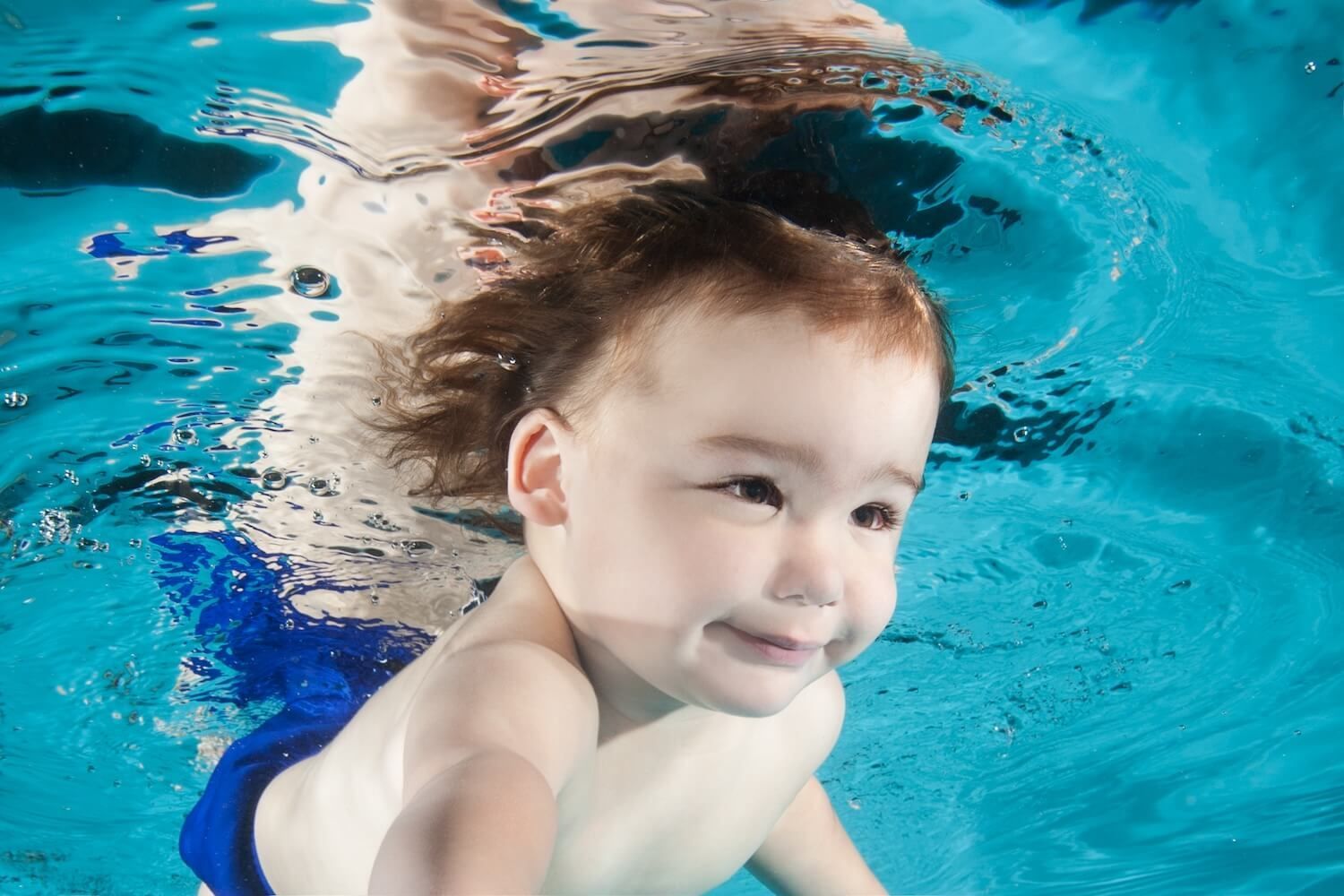
Role of Consistency and Practice in Learning to Swim
Consistency and practice are essential pillars in learning how to swim effectively and safely. Swimming is a skill that builds gradually through muscle memory, repetition, and increasing comfort in the water. Just like learning to read or ride a bike, regular exposure allows children to retain techniques, overcome fear, and develop confidence.
At Ocaquatics Swim School, our structured, age-appropriate curriculum reinforces foundational skills at every lesson—from breath control to stroke development. Frequent practice, especially in our warm, indoor pools, helps solidify progress and ensures swimmers don’t regress between sessions.
For younger swimmers, consistent attendance is particularly important as it supports developmental milestones and helps them adapt more quickly to the aquatic environment. When children swim regularly, they not only learn faster but also retain water safety knowledge for life. Ultimately, steady practice combined with expert instruction lays the groundwork for strong, safe, and joyful swimmers.
Importance of Water Safety and Confidence Building in Swim Lessons
Water safety and confidence-building are at the heart of every effective swim lesson, especially at Ocaquatics Swim School. Teaching children how to stay safe in, on, and around water isn’t just about learning strokes; it’s about building life-saving instincts and a strong sense of self-assurance.
From a young age, swimmers are taught critical safety skills such as breath control, floating, and finding the pool wall after a fall. These skills are introduced gently, helping children become familiar with the water without fear. As their skills grow, so does their confidence, which is essential to reducing panic and making smart decisions in aquatic environments.
Confident swimmers are more likely to enjoy water activities safely, while cautious comfort replaces anxiety or hesitation. At Ocaquatics, we foster this growth in a nurturing, child-centered environment that encourages positivity, trust, and empowerment, transforming swim lessons into a powerful foundation for lifelong water confidence and safety awareness.
Learning to Swim Isn’t a Race; It’s a Lifesaving Skill
Learning to swim is a journey that may take time, but it’s one of the most valuable investments you can make in your child’s safety and confidence. At Ocaquatics Swim School, we don’t rush the process. We guide it with love, structure, and proven expertise.
From your baby’s first splash to mastering backstroke and beyond, we’re with you every step of the way. Come visit us at Ocaquatics, where safety meets fun in our indoor, warm water pools. There’s no such thing as starting too soon. To enroll your child, call or text us at 305-969-7946 or contact us online.

